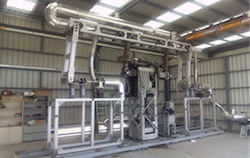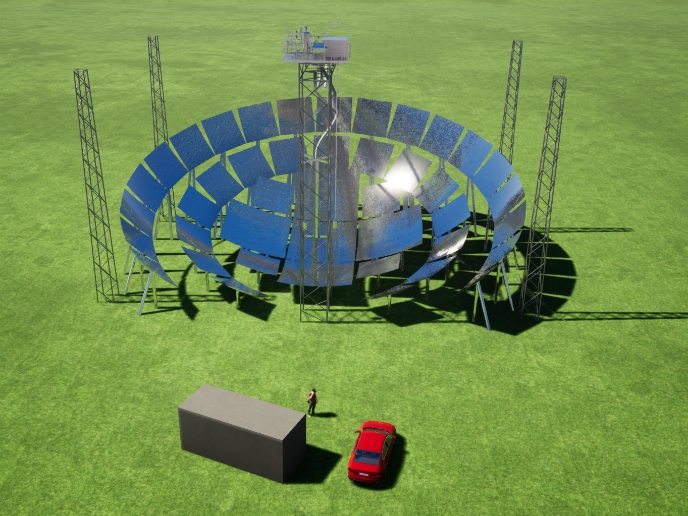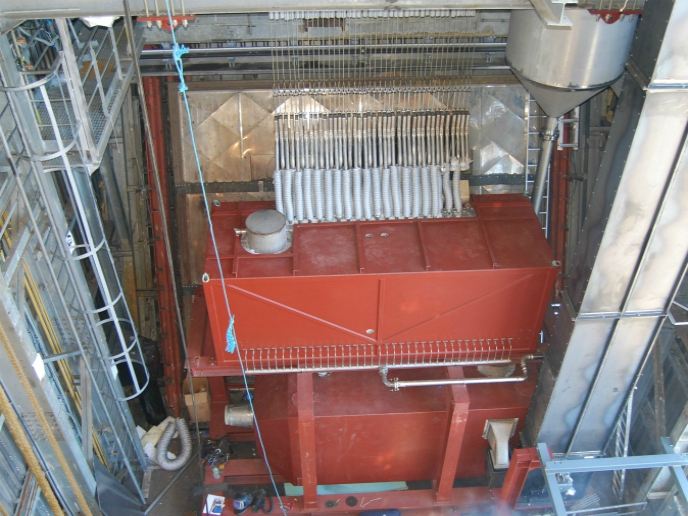Expanding the potential of Concentrated Solar Power
Concentrated Solar Power (CSP) is a very promising source of renewable energy. Although its primary use is for generating bulk electricity, other applications are being developed, including for the production of hydrogen and solar fuels, water treatment and research in advanced materials. However, in order for these applications to move from the drawing board to market-ready solutions, additional testing and research is required. The EU-funded SFERA-II project set out to develop common performance testing guidelines, evaluate the necessary improvements for reaching ultra-high flux distributions, accelerate aging testing, and establish guidelines to set up new test facilities for thermal energy storage materials and system – all of which are related to concentrated solar power technologies. “Through coordinated integration of their complementary strengths, efforts and resources, the SFERA-II project has increased the scientific and technological knowledge base in the field of concentrating solar systems,” says Project Coordinator Isabel Oller. Networking, joint research and transnational access The project organised its work around three areas: networking, joint research activities and transnational access to research infrastructure. For example, under networking, the project organised a number of specific training courses for industrial technicians and researchers. As to the second area, the project created a specific joint working group charged with identifying and developing products and processes suitable for commercial exploitation. “Scientific and technological excellence have been strengthened due to an envisaged harmonisation and the effective use of large-scale infrastructures, as well as the establishment of virtual working groups and an extended dissemination strategy,” says Oller. According to Oller, it was the third area of focus that proved the most challenging. “There was some difficulty attracting industry to take part in experimental research and development at our facilities,” she says. To overcome this challenge, project researchers worked with industry partners to identify barriers and implement solutions that took into account commercial and industrial needs. Key outcomes These three actions resulted in the creation of a unified, virtual European Laboratory for Concentrating Solar Systems. “The easily accessible platform is available to all researchers, from both academia and industry, and serves as the structural nucleus for growing demand in this field,” explains Oller. Other key outcomes include cementing cooperation between academia and the European CSP industry, the development of joint calibration procedures and the opening of new facilities for testing and calibrating sensors. Standardisation of the measurement of different parameters and characterisation of heat transfer fluids and heat storage materials, as well as the elaboration of a complete database of these results, have also been addressed. In the end, SFERA-II successfully provided and improved the research tools best-suited for the scientific and technological CSP community. It also helped strengthen European industry by stimulating technology transfer via the use of world-class R&D facilities. Last but not least, SFERA-II increased awareness about possible CSP applications, including the creation of new synergies with other scientific disciplines. Even with the project now officially closed, the website remains operational and serves as a place for researchers, technicians and industry to learn about the successes of the SFERA-II project. To continue to build on these successes, project researchers are currently in the process of launching a proposal for a SFERA-III project.
Keywords
SFERA-II, concentrated solar power, CSP, renewable energy, concentrating solar systems







